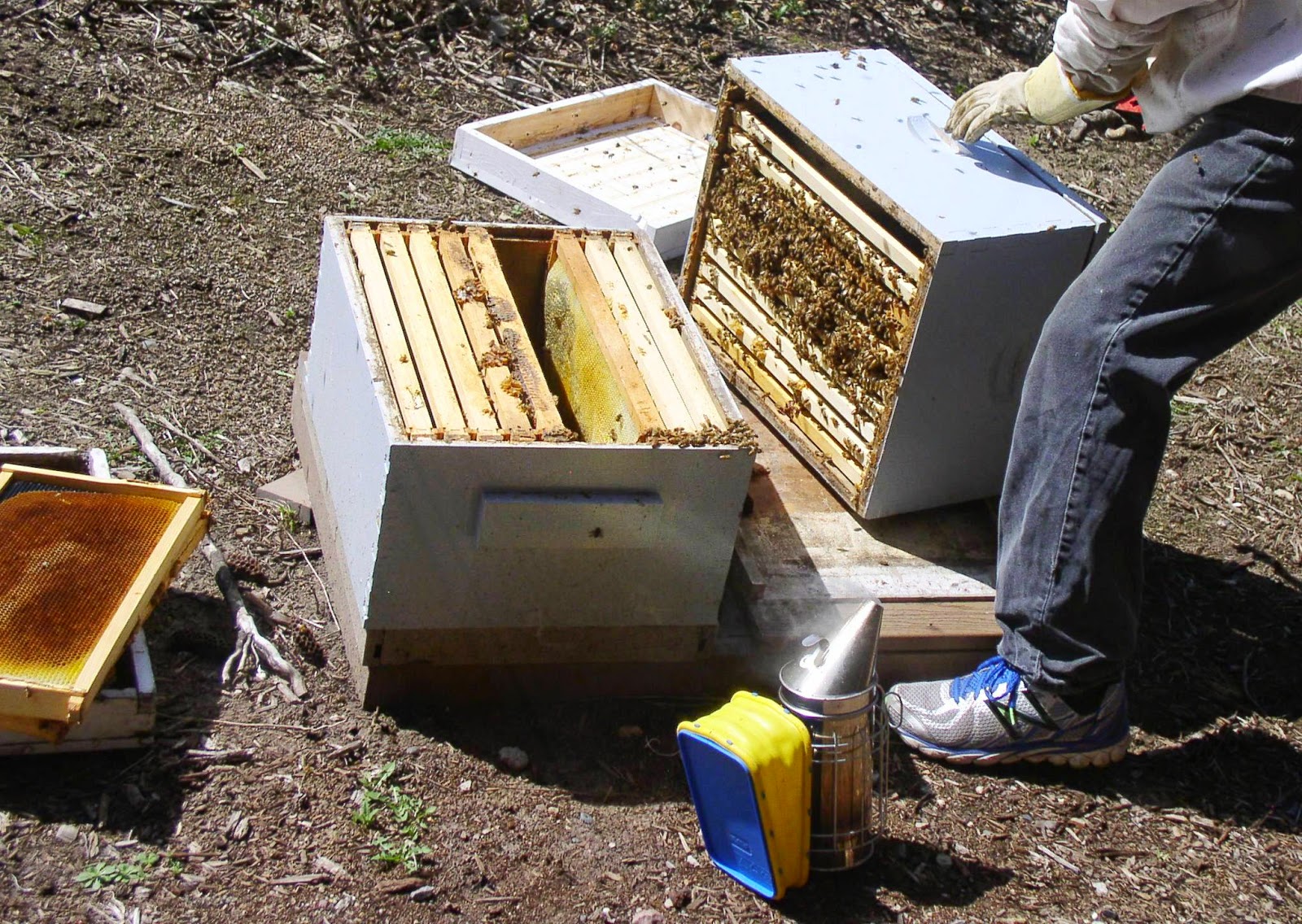 |
| L to R: Curt, Dan B., Mike (half hidden), Bob Not pictured: Joy and Toni Click on any photo to enlarge |
 The end of last summer, Curt and Joy in our office started transforming many, many used paper pallets that we had collected from blueprint paper deliveries. In keeping with our 'reuse and recycle' theme in our garden, they turned these used pallets into some amazing raised strawberry beds! A few weeks ago, Curt and Joy painted the outside of the raised beds to get them ready for planting.
The end of last summer, Curt and Joy in our office started transforming many, many used paper pallets that we had collected from blueprint paper deliveries. In keeping with our 'reuse and recycle' theme in our garden, they turned these used pallets into some amazing raised strawberry beds! A few weeks ago, Curt and Joy painted the outside of the raised beds to get them ready for planting.As part of our office Earth Day project, a team moved the new strawberry beds into place, filled them with fresh new soil, and transplanted the strawberry plants.
We have struggled with invasive weeds and grasses creeping into our strawberry patch. The berries have shallow roots that don't compete well with weeds and can be damaged by aggressive weeding tools. A raised bed will help isolate this crop from these pesky invaders.

Another advantage of these raised beds is that we can start with fresh soil that meets the needs of these wonderful plants.
Strawberries need some special attention to avoid overcrowding and to prevent the fruit from rotting or being stolen by birds. Having a bed that contains just strawberries makes it much easier to tend the plants and protect them with bird netting. Bird netting will be our next project.
Thank you to Curt, Joy, Dan B., Bob, Mike and Toni for all of your work on these raised strawberry beds!














